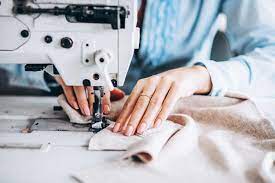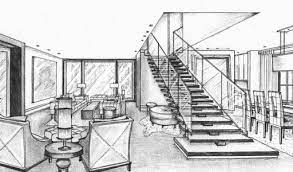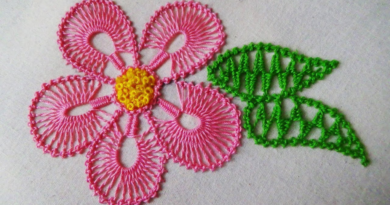What is The Difference Between Fashion Designing and Sewing? Which Course is Best for Sewing?
Fashion Designing:
Fashion designing is the art and science of creating new styles and designs of clothing and accessories. It is a highly creative and competitive field that requires designers to stay current with the latest trends, technologies, and consumer preferences. Fashion designers use their imagination and technical skills to create unique and aesthetically pleasing designs that are also practical and functional.
Fashion design involves several stages, starting with research and concept development. Designers study the latest trends in fashion, as well as historical fashion, art, and culture to come up with ideas and inspirations for their designs. They also consider the materials, colors, and textures they want to use, and how the design will be worn and perceived by consumers.

Once the concept is developed, fashion designers create sketches and drawings of their designs. These sketches are then translated into patterns, which are used to create prototypes of the clothing or accessory. This stage involves a lot of trial and error, as designers work to perfect the fit, shape, and overall aesthetic of the design.
After the prototype is created, fashion designers will present their designs to potential buyers, fashion editors, and other industry professionals. They may participate in fashion shows or showcases, where they can display their designs to a larger audience. The goal is to generate interest in their designs and secure contracts with retailers or manufacturers.
Once a design is chosen for production, fashion designers work closely with manufacturers to ensure that the final product is made to their specifications. They may travel to factories or work with production teams remotely to oversee the production process and make any necessary adjustments.
Sewing:
Sewing is the process of joining two or more pieces of fabric together using a needle and thread. This can be done by hand or with the use of a sewing machine. Sewing is a popular craft and hobby, and it is also a practical skill that can be used to make clothing, accessories, household items, and more. Sewing involves various techniques such as stitching, hemming, gathering, pleating, and buttonholing, among others. It requires skill, patience, and attention to detail to produce high-quality and professional-looking results.

Difference Between Fashion Designing and Sewing:
Fashion designing and sewing are related but distinct activities within the fashion industry.
Fashion designing involves the creation of new clothing designs, from concept development to finished product. It includes the use of creativity and artistic skill to design garments, choose fabrics, colors, and patterns, and develop sketches and technical drawings. Fashion designers may also create collections and oversee the production of their designs. Fashion designers work with a team of professionals including pattern makers, cutters, and sewers to bring their designs to life.

Sewing, on the other hand, is the actual process of joining fabric pieces together to create a garment or accessory. Sewing involves a range of techniques, including hand sewing and machine sewing, and it requires technical skill, precision, and attention to detail. Sewing can be done by anyone with the right tools and knowledge, from hobbyists to professional seamstresses.
In summary, fashion designing is the creative and conceptual aspect of fashion, while sewing is the technical and practical skill of joining fabrics together to create a garment or accessory. While there is some overlap between the two fields, they require different skill sets and approaches.
Which Course is Best for Sewing?
There are several courses available for sewing, and the best course for you will depend on your skill level and goals. Here are some options to consider:

- Beginner Sewing Course: If you are new to sewing, a beginner course is a great place to start. These courses typically cover basic sewing techniques such as how to operate a sewing machine, how to read a pattern, and how to sew basic stitches.
- Intermediate Sewing Course: If you already have some sewing experience, an intermediate course can help you improve your skills and take your projects to the next level. These courses typically cover more advanced techniques such as how to sew with different fabrics, how to insert zippers and pockets, and how to create more complex designs.
- Advanced Sewing Course: If you are an experienced sewer and want to take your skills to the next level, an advanced course can help you refine your techniques and learn new skills. These courses typically cover advanced techniques such as couture sewing, tailoring, and advanced pattern making.
- Specialized Sewing Course: If you are interested in a specific type of sewing, such as quilting, embroidery, or upholstery, there are specialized courses available that can help you develop your skills in these areas.
Ultimately, the best course for you will depend on your skill level, interests, and goals. Consider your needs and preferences, and choose a course that meets your needs and fits your schedule.







